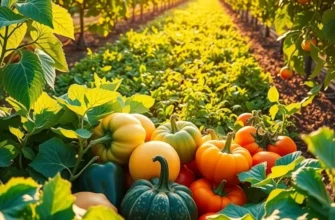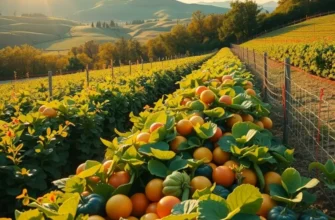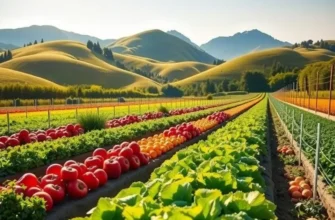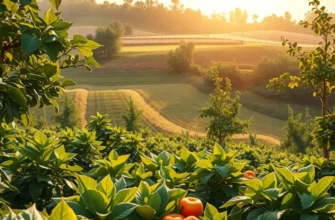Reducing food waste is a crucial step towards a sustainable future. By implementing small changes in our daily routines, environmentally-conscious individuals can make a profound impact. It’s not just about throwing less in the trash; it’s about cultivating a mindset that values food and recognizes its importance in combating climate change. Let’s explore effective and straightforward ways to minimize food waste at home, contributing to a more eco-friendly lifestyle.
Mindful Meal Planning: The Key to Sustainability
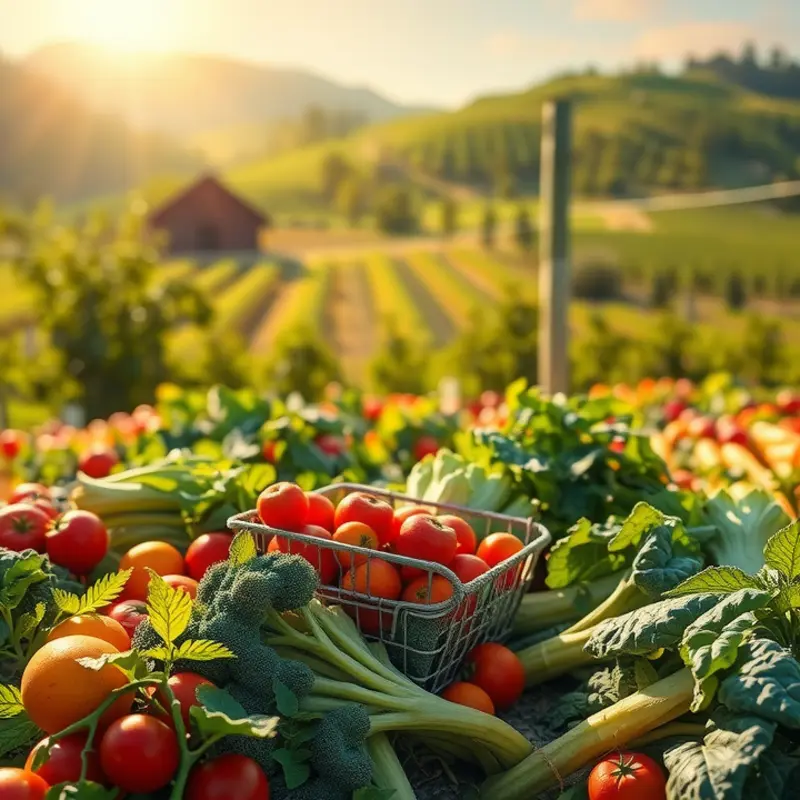
Meal planning stands as a powerful tool in reducing food waste, fostering thoughtful eating, and promoting sustainability. By dedicating time to plan meals, we can prevent unnecessary food waste and make smarter purchasing decisions. This process encourages a conscious relationship with food by ensuring that each item purchased has a purpose.
To start, create a flexible weekly menu that meets your household’s needs. Begin with a list of your household’s favorite meals, then decide how many meals you’ll prepare each week. Include breakfast, lunch, dinner, and snacks. Account for busy nights with easy-to-prepare meals, ensuring that your plan does not become a burden. Exploring minimal-prep dinner ideas can save time and effort, enhancing your meal planning toolkit. Minimal Prep Dinner Ideas
Utilize seasonal produce to keep your meals fresh and sustainable. Seasonal fruits and vegetables often taste better and are more affordable, reducing the temptation to let them go to waste. Check local guides to know what’s in season, or visit nearby farmers’ markets for inspiration.
Don’t overlook the power of leftovers. Incorporate them thoughtfully into your meal plan by reserving a night for “planned overs.” Transform roast chicken into a hearty soup, or last night’s stir fry into a flavorful wrap. These practices not only reduce waste but also stretch ingredients further, easing budget constraints.
Keep variety in mind for nutritional adequacy. Balancing proteins, fibers, and healthy fats across meals can promote health and reduce the temptation to order takeout. When meals are well-rounded and flavorsome, it can become easier to stay committed to home-cooked meals.
Mindful meal planning also positively impacts your budget. By preparing a list before grocery shopping, you can avoid impulsive buys, thus sticking to your budget and reducing food waste. Planning ensures you purchase only what you need, leading to a less cluttered pantry and refrigerator.
Incorporate improvisation with ingredients you have at hand. Grow confident in swapping ingredients with similar flavor and texture profiles. This skill not only minimizes waste but also offers room for creativity in the kitchen.
Overall, mindful meal planning is a cornerstone of kitchen sustainability. By reducing food waste through thoughtful planning, embracing seasonal produce, and creatively using leftovers, such practices support both personal wellness and the environment. Crafting a weekly meal plan aligns with cost-saving strategies and extends the life of fresh ingredients, cultivating a greener home.
Smart Storage Solutions: Keep Your Food Fresh
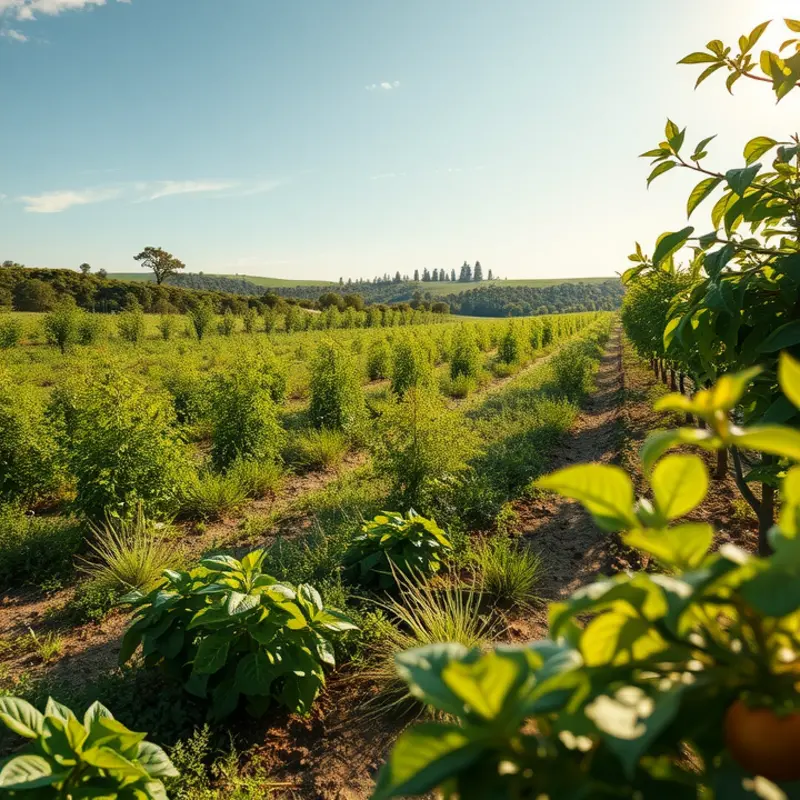
Proper food storage can be transformative in reducing waste and keeping your meals fresher longer. By understanding different storage techniques, you can both extend the lifespan of your groceries and embrace a more sustainable lifestyle. One essential component of food storage is the utilization of the right containers. Whether you’re storing leftovers or fresh ingredients, airtight containers play a crucial role in preserving flavor and preventing spoilage.
Next, consider the specific storage needs of different types of produce. Vegetables like lettuce, broccoli, and carrots benefit from cooler, more humid environments. Utilize the crisper drawer in your refrigerator to help maintain moisture levels. Meanwhile, fruits such as apples, oranges, and berries prefer separate, slightly drier conditions to avoid quick ripening and decay.
A well-organized refrigerator and pantry can also significantly cut down waste. By routinely rotating older items to the front, you can ensure that nothing gets lost behind newer purchases. Place items nearing their expiration dates in clear view, encouraging their prompt usage.
Moreover, creativity can be a key ally in waste reduction. Surplus fruits and vegetables can be preserved through fermentation or freezing. Fermenting not only extends shelf life but also enhances the nutritional profile of your vegetables, introducing beneficial probiotics. For an in-depth look at non-dairy sources of probiotics, consult this guide to non-dairy probiotics. Meanwhile, freezing is a fantastic option for a wide range of foods—from cooked grains to overripe bananas—locking in nutrients and flavors for months.
Smart storage solutions are not solely about technology or gadgets; they require a thoughtful approach and adaptation to your unique food habits. Remember that the goal is to maximize both the enjoyment of your food and the efficiency of your household’s consumption pattern, fostering a greener lifestyle in the process. Adopting these storage techniques doesn’t just benefit your pantry; it supports broader ecological sustainability and household resourcefulness.
Final words
Reducing food waste at home not only benefits the environment but also encourages innovation in the kitchen. By incorporating mindful meal planning and adopting smart storage solutions, you can make impactful changes that contribute to sustainability. These practices not only minimize waste but also enhance your culinary experience. Remember, every little effort counts; by making conscious choices in your kitchen, you contribute to a healthier planet for future generations. Embrace these simple strategies and join the growing community of individuals dedicated to making eco-friendly food choices.



